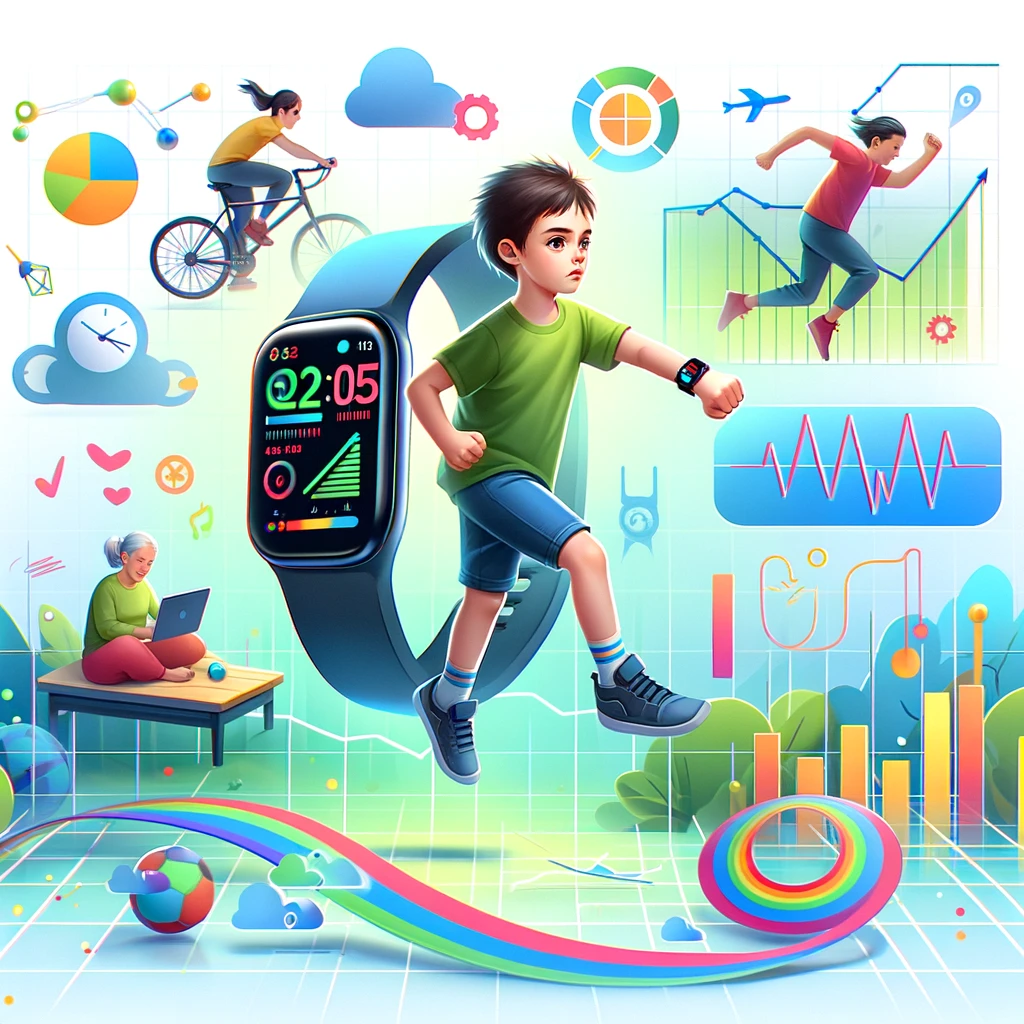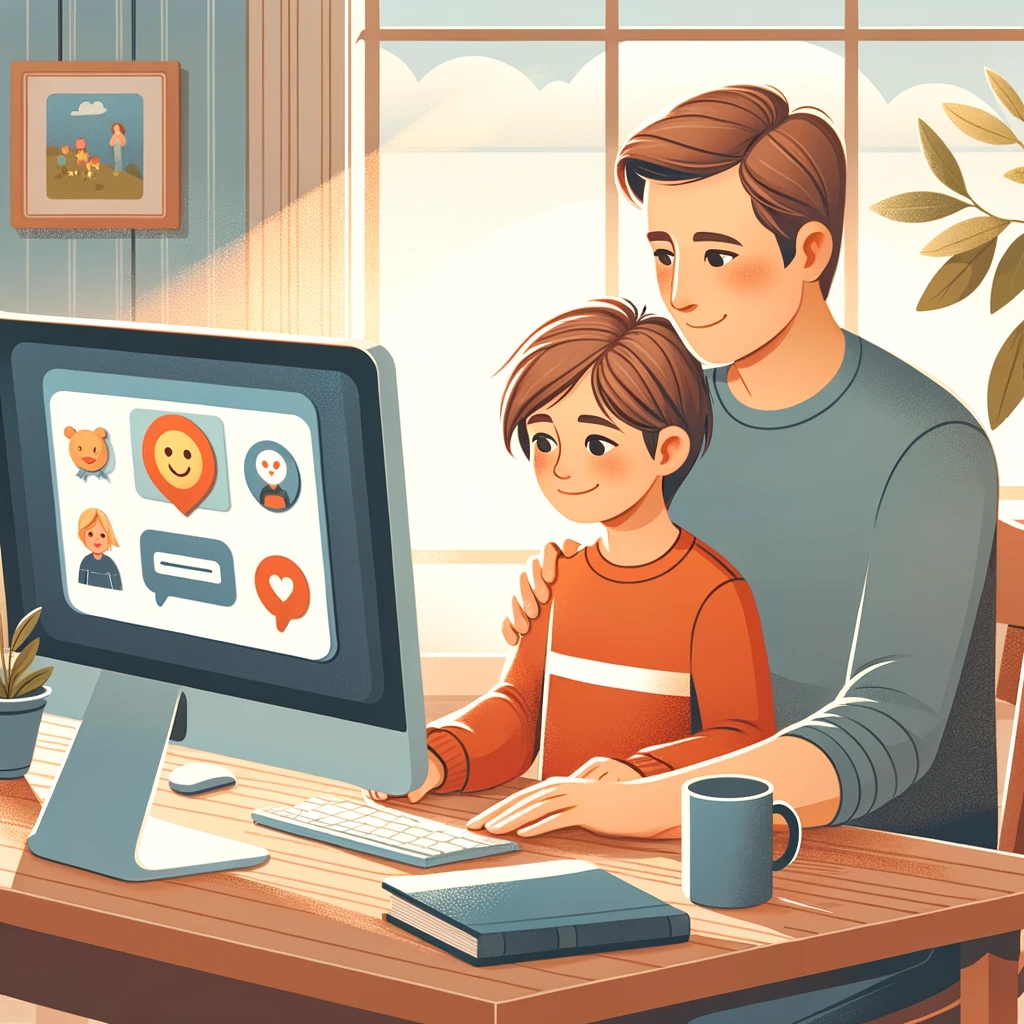Smartphone and Tablet Usage: Children’s Physical Health Effects

In the digital age, smartphones and tablets have become a constant presence in our lives, including those of our children. While these devices can offer educational and entertainment benefits, it’s crucial for parents to understand their potential impact on children’s physical health. This blog post will explore both the positive and negative physical health effects of smartphone and tablet usage among children, and offer practical tips for parents to address the challenges.
Positive Effects
- Educational Tools: Smart devices can be powerful educational tools. They offer a vast array of learning apps and resources that can promote cognitive development and motor skills through interactive learning experiences.
- Communication Skills: With the right guidance, these devices can help children develop better communication skills. Video calls with family members, for instance, can help foster relationships and social skills.
Negative Effects
- Eye Strain and Vision Problems: Prolonged screen time can lead to digital eye strain, characterized by dry eyes, headaches, and blurred vision. In severe cases, it may contribute to myopia (nearsightedness).
- Poor Posture and Musculoskeletal Issues: Constantly looking down at screens can cause neck and back pain, a condition often referred to as “tech neck.” Poor posture can also lead to long-term musculoskeletal problems.
- Reduced Physical Activity: Excessive screen time often replaces physical activities, leading to a sedentary lifestyle that can contribute to obesity and associated health problems.
- Disrupted Sleep Patterns: Exposure to the blue light emitted by screens can interfere with the circadian rhythm, leading to difficulty falling asleep and poor sleep quality.
Tips to Address Negative Issues
- Set Screen Time Limits: Establish clear rules for how long your child can spend on their devices. The American Academy of Pediatrics suggests avoiding screen time for children younger than 18 months, except for video chatting. For older children and teenagers, limit screen time to a reasonable amount that does not interfere with sleep and physical activity.
- Encourage Regular Breaks: Follow the 20-20-20 rule: every 20 minutes, take a 20-second break and look at something 20 feet away. This can help reduce eye strain.
- Promote Good Posture: Teach your child to hold devices at eye level to prevent bending their necks too much. Investing in ergonomic chairs and desks for technology use can also be beneficial.
- Balance with Physical Activities: Encourage your child to engage in physical activities. This can be sports, outdoor play, or even simple activities like walking or biking.
- Monitor and Filter Content: Use parental controls to ensure your child is accessing appropriate content and not spending too much time on unproductive activities.
- Bedtime Screen Ban: Implement a no-screens rule at least an hour before bedtime to improve sleep quality.
- Lead by Example: Children often mimic adult behavior. Practice healthy digital habits yourself to set a good example.
Wrapping Up
In conclusion, while smartphones and tablets have become an integral part of modern life, including our children’s, it is essential to manage their use effectively. As guardians, we play a critical role in ensuring that our kids benefit from these devices without compromising their physical health. By establishing clear guidelines, fostering a balance between screen time and physical activity, and modeling healthy digital behavior, we can help our children enjoy the advantages of technology in a way that supports their physical development and overall health. Remember, the key is balance and mindful usage.


